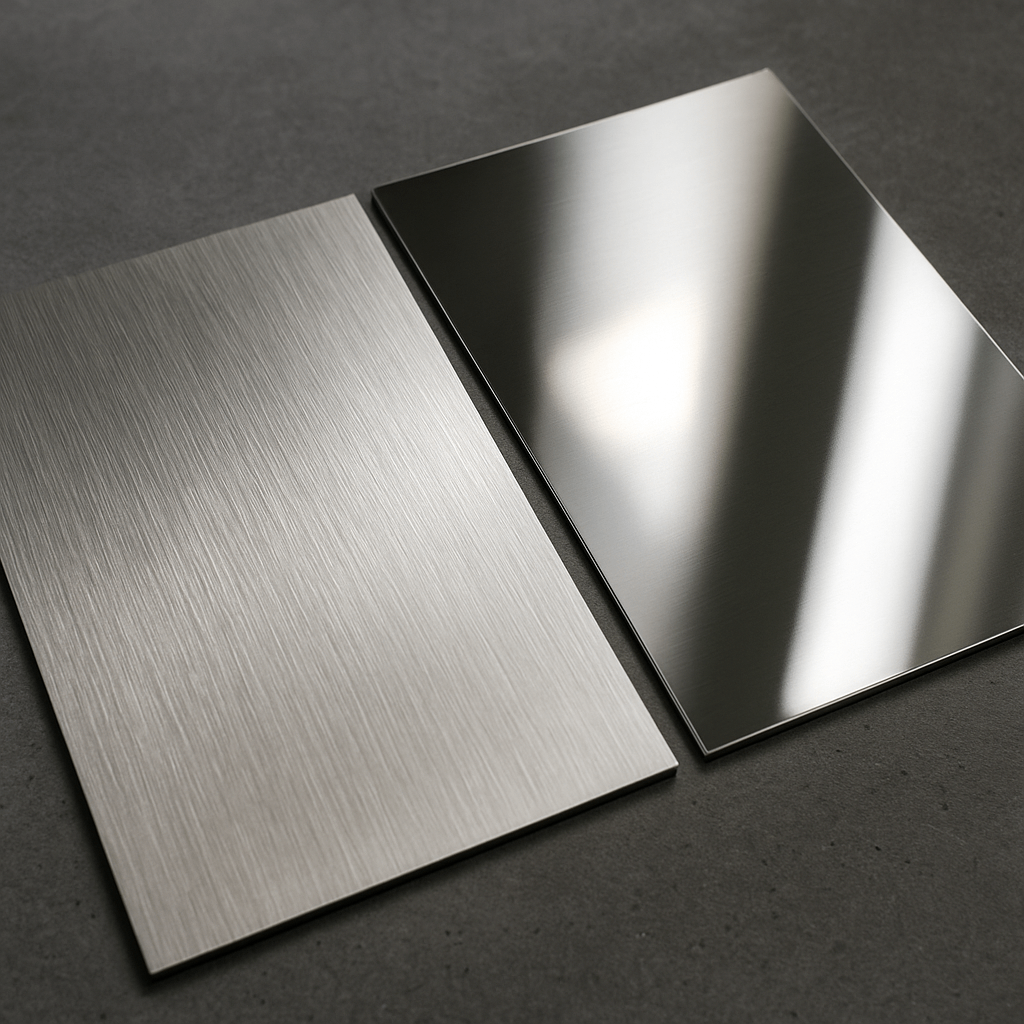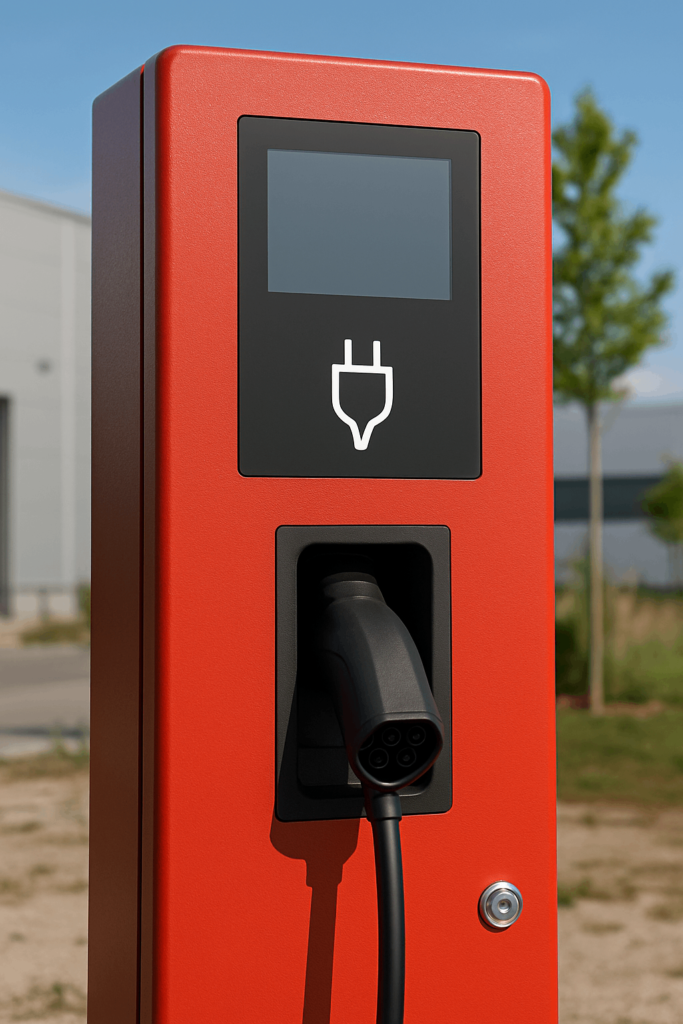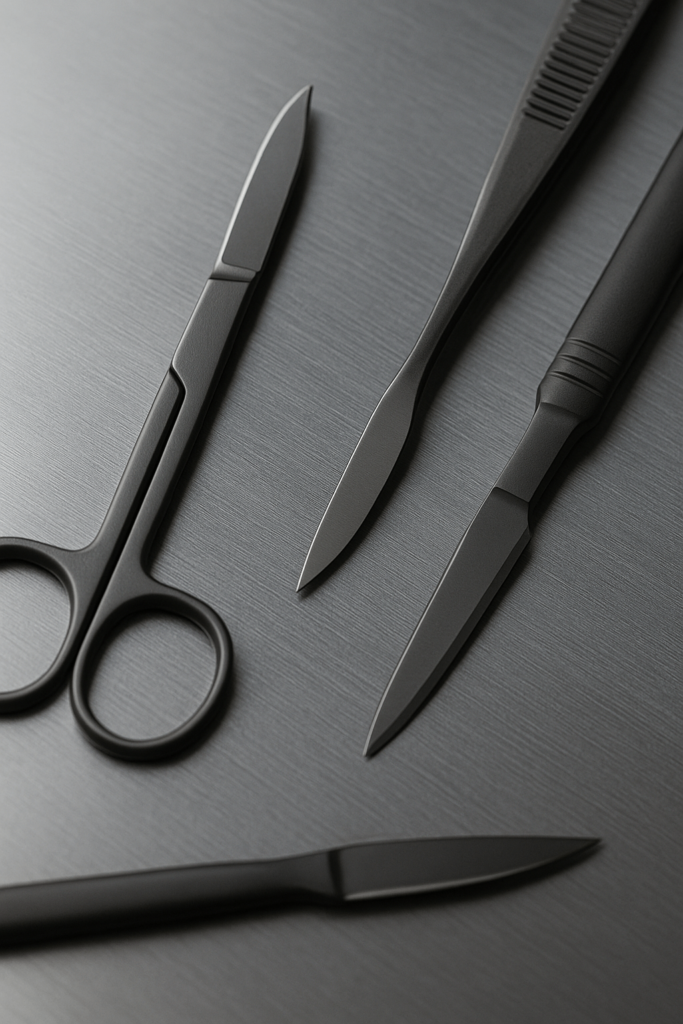A $2 component failure caused by improper surface treatment can lead to significant product recalls, delivery rejections, or warranty disputes. For industrial buyers sourcing enclosures, metal brackets, or structural frames in volume, metal finishing isn’t an afterthought—it’s a strategic procurement decision with direct implications for longevity, function, certification, and total landed cost.
This guide supports global wholesale buyers, OEMs, and sourcing teams in evaluating how different types of metal finishes align with product specifications, service environments, and regulatory expectations. It’s engineered for real-world sourcing—not theoretical design.
Part 0: Quick Overview – Metal Finishes at a Glance
Use this matrix to benchmark common finishes based on resistance, application range, and cost level. Ideal for RFQ documentation or finish validation.
| Finish Type | Common Use | Corrosion Resistance | Wear Resistance | Cost Level | Suitable Materials |
|---|---|---|---|---|---|
| Powder Coating | Outdoor enclosures | ★★★★☆ | ★★★★☆ | $$ | Steel, Aluminum |
| Anodizing (Type II) | Enclosures, housings | ★★★☆☆ | ★★★☆☆ | $$ | Aluminum |
| Anodizing (Type III) | Moving parts, automation | ★★★★★ | ★★★★★ | $$$ | Aluminum |
| Zinc Plating | Brackets, fasteners | ★★★★☆ | ★★☆☆☆ | $ | Steel |
| Chrome Plating | Hardware, shafts | ★★★☆☆ | ★★★★☆ | $$$ | Steel, Brass |
| PVD Coating | Med-tech, electronics | ★★★★☆ | ★★★★★ | $$$$ | Stainless, Titanium |
| Passivation | Food/cleanroom parts | ★★★☆☆ | ★☆☆☆☆ | $ | Stainless Steel |
| Mirror Polishing | Visible surfaces | ★☆☆☆☆ | ★☆☆☆☆ | $$$ | Stainless, Aluminum |
| Brushed Satin | Fixtures, displays | ★★☆☆☆ | ★★☆☆☆ | $$ | Stainless, Aluminum |
Part 1: Surface Aesthetics – Specifying for Market Impact
Surface finish directly shapes how customers and users perceive your product—especially in exposed or consumer-facing components. Clean, professional finishes reduce returns, reinforce brand value, and simplify hygiene control in public or shared-use systems.
Brushed & Polished – Appearance with Industrial Function
Brushed finishes offer low-glare and fingerprint-masking benefits. They’re commonly used for housings in kiosks, EV charging stations, and appliances where consistent appearance is critical.
Mirror polishing, often used on branding plates or visible signage panels, provides a high-luster premium feel for public-facing elements, without sacrificing form.

Bead Blasting – Precision Matte for High-Control Use Cases
Bead-blasted finishes deliver consistent matte texture, which improves perceived quality and suppresses visual defects in production. Frequently used in diagnostic equipment, lab automation, and low-reflection interfaces.
They also help with uniform paint adhesion and post-processing visual QA.
Part 2: Durability and Mechanical Protection
Aesthetics draw first impressions, but finish performance defines lifecycle cost. Long-term buyers prioritize resistance to corrosion, chemical exposure, abrasion, and weather.
Powder Coating vs. Anodizing – Long-Term Performance Tradeoffs
Polyester-based powder coatings are UV-stable, VOC-free, and support a wide color gamut. They’re ideal for outdoor enclosures, solar systems, vending kiosks, and transit housings.
Type III anodizing provides structural hardness while maintaining tolerances, making it ideal for mechanical sliders, CNC frames, or mobile machine joints.

Zinc Plating & Passivation – Low-Cost Protection with Defined Scope
Zinc electroplating is a cost-effective, scalable anti-corrosion option for fasteners, brackets, and mounting systems, especially in dry or indoor environments.
Passivation enhances stainless steel’s corrosion resistance by removing free iron. It’s ideal for parts in medical, food, and sanitary systems where strict hygienic or regulatory requirements apply.
Hard Chrome & Hardcoat Anodizing – High-Performance Wear Layers
Hard chrome plating excels in high-friction, rotating, or sliding applications. It’s commonly found in bushings, gear shafts, and hydraulic system components.
Hard anodized coatings are widely used in robotic frameworks, modular workstations, and indexing tools—especially where lubricity and wear resistance must be maintained without paint.
Part 3: Functional Finishes for Specialized Applications
Some finishes serve critical technical roles—providing biocompatibility, conductivity, reflectivity, or anti-static behavior—crucial for compliance with electrical safety or medical standards.
PVD Coating – Thin-Film Excellence for High-Demand Markets
PVD finishes offer ultra-thin, dense coatings with excellent abrasion resistance and thermal stability. Used in Class II medical tools, wearables, instrumentation, and miniaturized hardware requiring both form and function.

Electroless Plating & EMI Shielding – For High-Frequency Hardware
Electroless nickel or composite plating allows uniform coverage on complex geometries—ideal for telecom junction boxes, EV battery connectors, and IoT sensor housings.
In applications requiring EMI protection or low electrical resistance, these finishes replace costly over-shielding components.
Part 4: Finish Selection in Real-World Procurement
When finalizing finish specs, wholesale buyers must balance performance, process constraints, and compliance. Consider the following checklist:
Usage Environment – Is the part exposed to moisture, UV, or chemicals?
Base Material – Does the finish bond effectively with steel, aluminum, or stainless?
Tolerance Sensitivity – Will the thickness compromise fits or moving parts?
Certifications Required – RoHS, REACH, FDA, or other?
Batch Size & Repeatability – Can quality be held across 10K+ pcs?
Secondary Processes – Does post-coating marking, assembly, or packaging follow?
Part 5: Common Procurement Questions
Q: Is powder coating suitable for marine-grade products?
Yes—with proper pretreatment and polyester powder, it withstands salt fog environments. Duplex layers further improve performance.
Q: Will finishing affect tolerance zones?
Yes. Most coatings range from 20–90μm. Highlight clearance zones in your drawings for accurate planning.
Q: Do these finishes meet global standards?
Yes. RoHS, REACH, and ISO documentation can be provided with each qualified shipment.
Q: What finish is suitable for food-contact metal?
Passivation or electropolishing for stainless steel are commonly approved in food-grade frameworks. Recommendations may vary by region.
Conclusion: A Finishing Strategy Built Around Buyer Needs
The right finish does more than enhance appearance. It enables conformance to international regulations, reduces product failure rates, and minimizes lifecycle maintenance by up to 40% in many field deployments.
With the right specifications in place, sourcing teams can align finishes with both cost and compliance goals—ensuring durable, scalable production.
Need to build a finish spec into your RFQ? Request a consultation or sample review.

